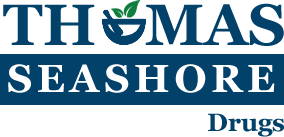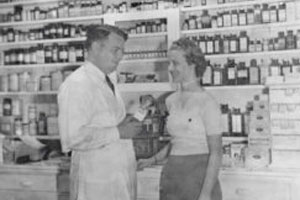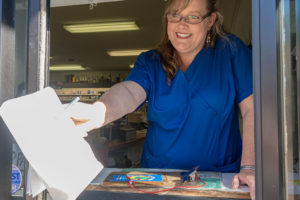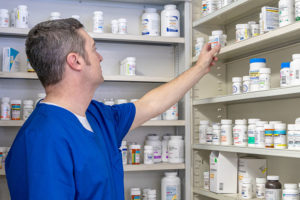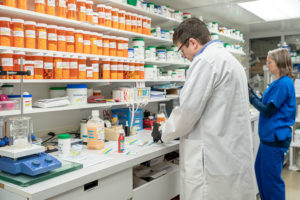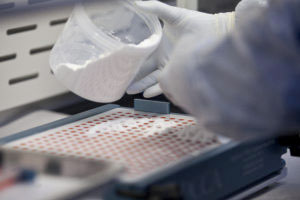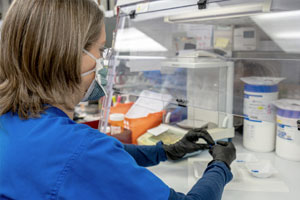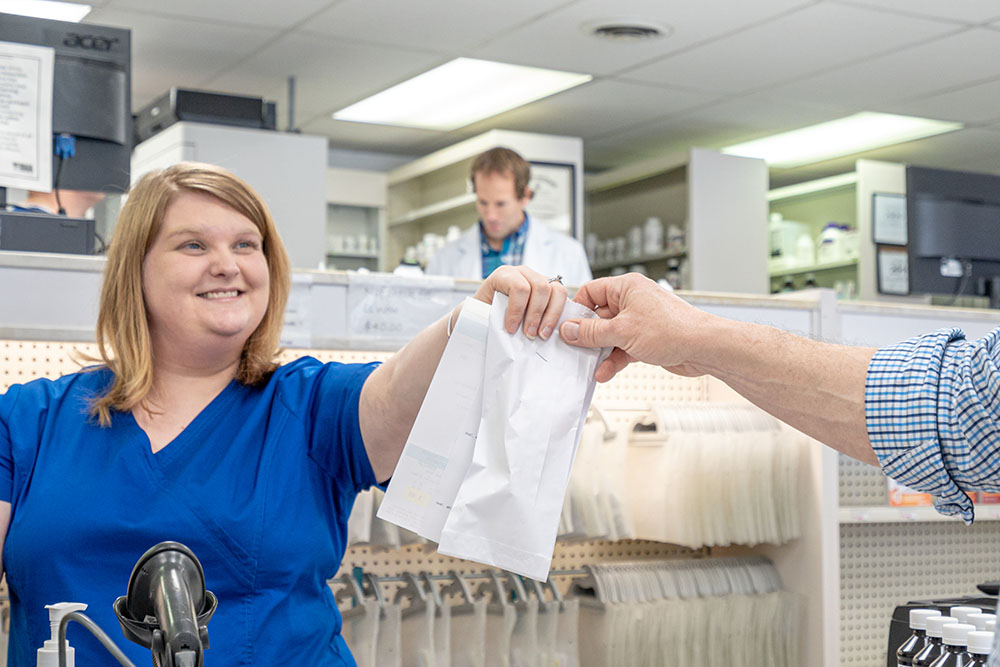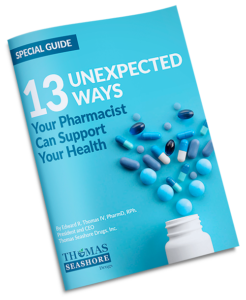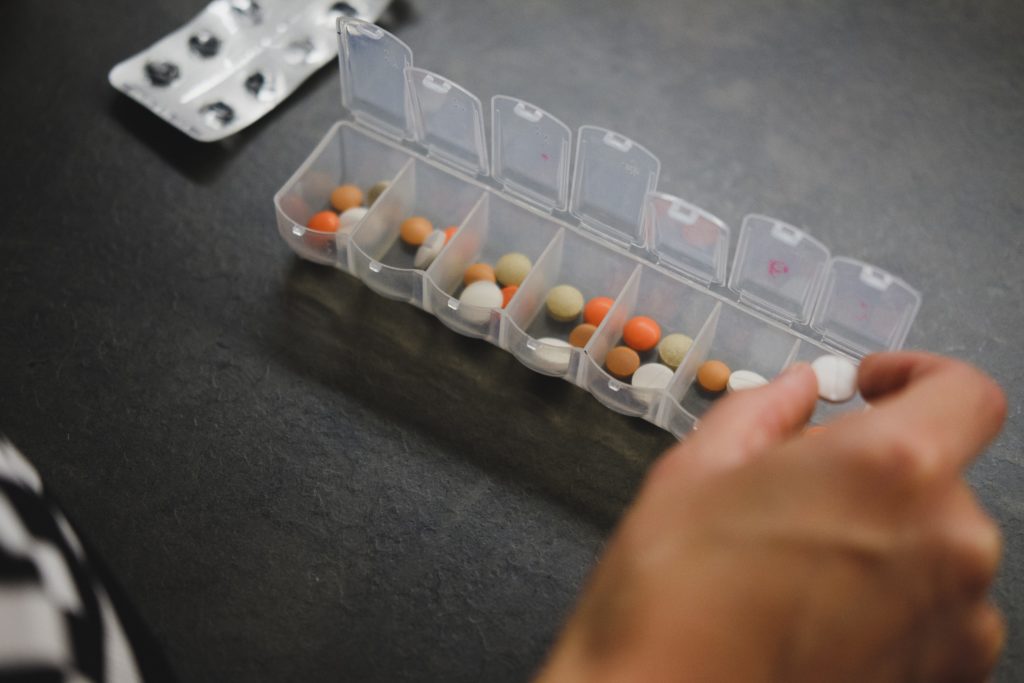
Over the years, many drugs have claimed to safely resolve difficult ailments. Too often, results fall short, especially in the safety area.
However, in the case of low dose naltrexone (LDN), both the results and safety data are impressive.
Here’s a short list of conditions consistently shown to benefit from LDN:
- Rheumatoid arthritis
- Lupus
- Multiple sclerosis (MS)
- Neuropathy
- Fibromyalgia
- Hashimoto’s thyroiditis
- Chronic fatigue syndrome
- Crohn’s disease
- Irritable bowel syndrome (IBS)
- Lyme disease
- Depression
- Cancer
And the list(1) goes on! That’s only a fraction of the illnesses that LDN has been shown to help.
All About Naltrexone
You may have heard that naltrexone saves the lives of opioid addicts during overdoses. That’s true. That was the first use the FDA approved the drug for, in 1984. For that type of medical emergency, naltrexone is given in a high dose: 50 mg.
Low dose naltrexone is different. Results from LDN have impressed researchers in ailments ranging from autoimmune diseases to lung cancer. A remarkably large number of patients feel better and heal while taking LDN. And it seems to be safe, perhaps because it triggers your body to make its own healing medicine.
Your brain and adrenal glands actually produce opioid hormones: beta-endorphin and met enkephalin. Opioid hormones created by the body boost your inner healing.
Many of your tissues have receptors for these hormones, including nearly every cell of your immune system (much of which is located in your gut).

How Does LDN Work?
Naltrexone blocks opioid receptors. That’s why a high dose saves the life of an overdose victim. But perhaps you’re wondering: why would blocking immune system-assisting hormones improve healing?
Because when the receptor sites are blocked for a specific and short time, the immune system speeds up its own production of endorphin and enkephalin, and the patient improves.
A low dose (from 1 mg. to 4.5 mg.) of naltrexone, taken at bedtime, boosts this hormone production, relieving pain and promoting healing.

Impressive Clinical Studies
Bernard Bihari, MD, a pioneer in this research, found that LDN spared the important T-cells in HIV/AIDS patients. In addition, 50 percent of his 300 cancer patients had a slowing or halt of the cancer growth after 4 to 6 months on LDN. Of that 150, one third showed tumor shrinkage.
Even more impressive, all of Dr. Bihari’s autoimmune patients (400) improved with LDN. Patients with multiple sclerosis had dramatic improvement. Less than 1 percent of them ever had a recurrence of symptoms as long as they continued their nightly dose of low dose naltrexone.
Dr. Jill Smith, a professor of gastroenterology at Pennsylvania State University College of Medicine, reported in the American Journal of Gastroenterology, that fully 89 percent of her patients with active Crohn’s disease responded to the LDN treatment during her pilot study.
Dr. Jaquelyn McCandless used transdermal cream to deliver LDN to autistic children, with positive results.
In March of 2018, research from a German university showed 74.5% improvement and 25.5% remission in inflammatory bowel disease.(2)
Many more studies demonstrate the positive benefits and safety profile of LDN.(3)
Could I try LDN for my health condition?
Ask your pharmacist or doctor if, after reviewing your health history and current medications, you might be a good candidate to try LDN.
Because naltrexone is commonly distributed and used in high doses, a compounding pharmacy would have to make your low doses.
Important notes:
- Specify that you do NOT want “timed” or “SR” (“slow release”) naltrexone. Therapeutic results came from unaltered LDN, taken at bedtime to spike the bloodstream.
- Specify that you do NOT want calcium carbonate used as a filler. Dr. Skip Lenz found that it interfered with the LDN absorption rate and results. He recommended Avicel, lactose, or sucrose, if a filler must be used in capsules.
- If LDN is used in liquid form, keep it refrigerated.
What might exclude me from being a good candidate for LDN?
- If you are currently taking narcotic medications, your doctor would have to wean you off of them, using appropriate non-narcotic substitutes while your system clears.
- If you have MS with muscle spasms, you may need to start off with a lower dose.
- If you have Hashimoto’s thyroiditis and take a thyroid hormone replacement for hypothyroidism, be aware that your condition may improve quickly. Your need for a thyroid hormone replacement may sharply decrease.
- If you have a surgery scheduled, discontinue LDN for one or two days prior. (You don’t want to block opioid drugs during that.) You may begin LDN again when your need for post-surgery narcotic medications ends.
Does LDN have any negative side effects?
Many patients experience zero negative side effects.(4)
Some experience slight anxiety, insomnia, or vivid dreams for a short time, possibly because of the endorphin increase.
Some experience gastrointestinal disturbance (nausea, constipation, diarrhea).
Multiple sclerosis patients may experience greater fatigue or muscle spasm at first, and chronic fatigue patients may experience flu-like symptoms.
However, if you experience any side effects, your symptoms will likely pass, and greater health will be waiting for you on the other side.
Doctors and researchers are excited about the great results they’ve seen and the low risk of low dose naltrexone.
Speak to a Thomas Seashore pharmacist today to see if, after reviewing your health history and current medications, you might be a good candidate to try LDN.
